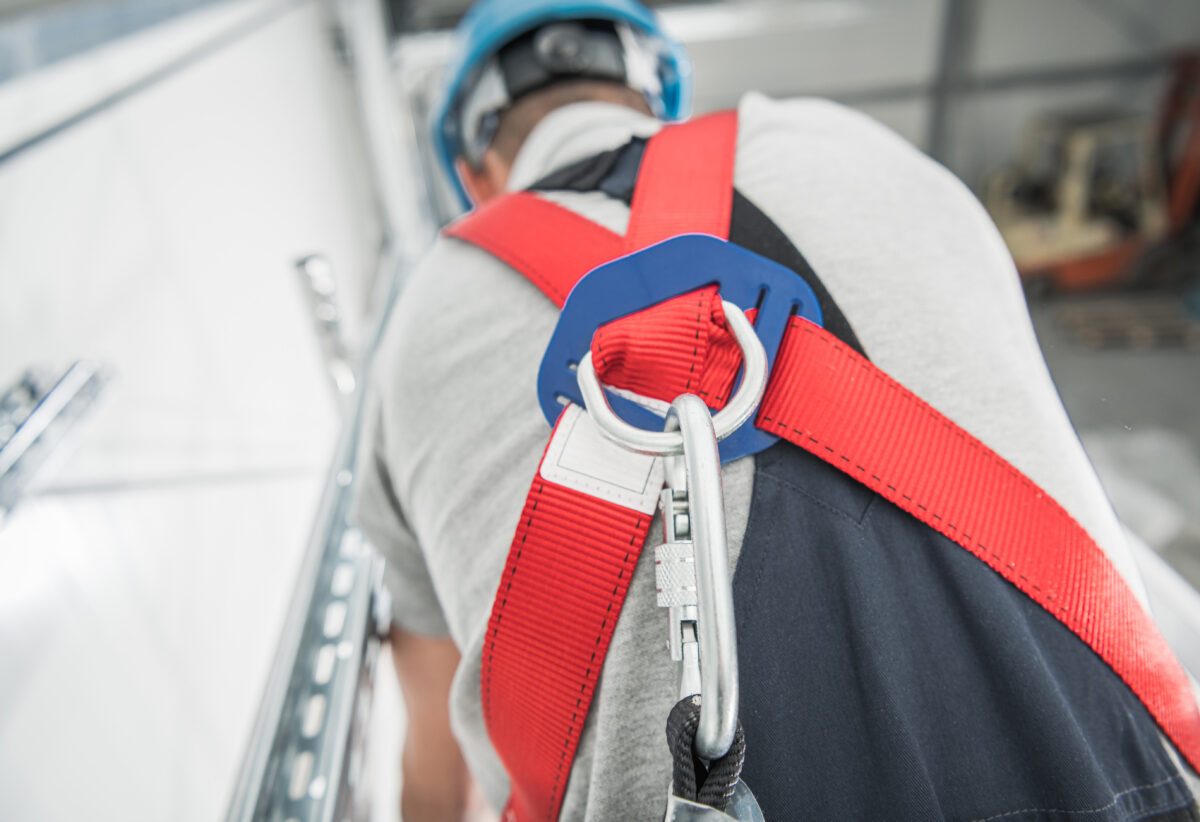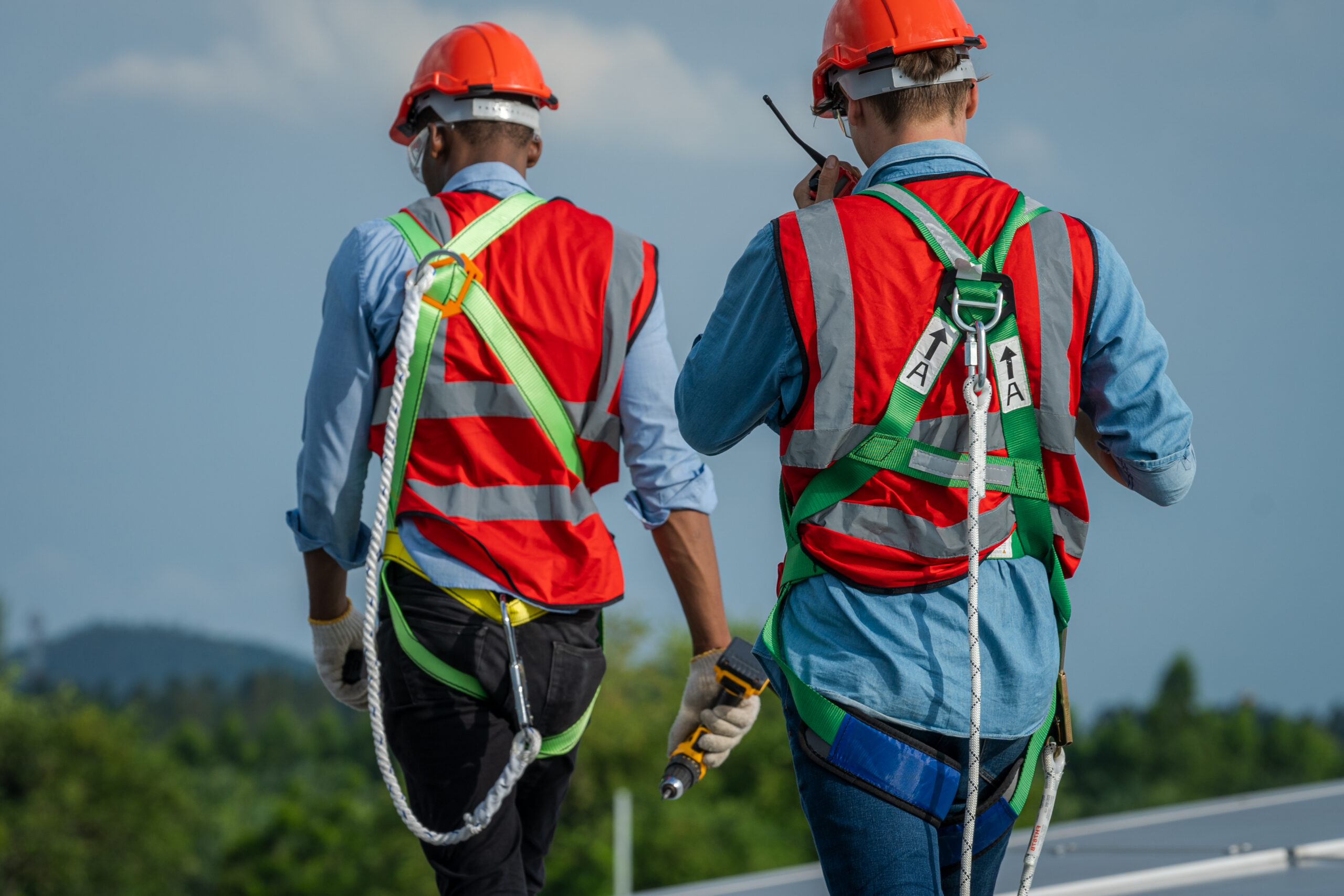Fall protection is a crucial aspect in the oil and gas industry. With workers typically working at heights on platforms, rigs, and scaffolding, the risk of falls is ever-present. Fall protection is not just a compliance requirement; it’s a crucial aspect of
safeguarding the well-being of our workforce. In this comprehensive guide, we delve into the strategies and measures employed by our team to prevent accidents at heights in the oil and gas sector.
In the high-stakes environment of oil and gas, the stakes are not just financial; they extend to human lives. Fall-related incidents pose a significant threat, and understanding the gravity of this risk is the first step towards building a secure workplace. According to the Occupational Safety and Health Administration (OSHA), falls are the leading cause of fatalities in the oil and gas industry. These incidents can result in severe injuries, long-term disabilities, and even death.
Identifying Potential Fall Hazards
Before implementing fall protection measures, it’s essential to identify potential hazards that may lead to accidents at heights. In the oil and gas industry, common fall hazards include working on elevated platforms and scaffolding, climbing up and down ladders, and using equipment such as cranes and lifts. Hazards can also arise from unstable or uneven surfaces, poor lighting, bad weather conditions, and human error.
Harnessing Safety: The Role of Personal Fall Arrest Systems
Anchoring Security: The Importance of Stable Anchor Points
Aside from personal fall arrest systems, the use of stable anchor points is another crucial aspect of fall protection in the oil and gas industry. Anchor points provide a secure attachment for equipment such as lifelines, lanyards, and harnesses, and are essential in preventing falls. When choosing anchor points, it’s vital to consider factors such as load capacity, location, and accessibility for maintenance and inspections.
Guardrails: A Visual and Physical Barrier to Hazards
Guardrails are another vital component of fall protection in the oil and gas industry. These physical barriers provide a visual reminder for workers to stay away from unprotected edges and serve as a physical barrier in case of a fall.
Future-Forward: Innovations in Fall Protection Technology

As technology evolves, so does the landscape of fall protection. Cutting-edge innovations, from smart harnesses to sensor-equipped helmets, are revolutionizing safety measures. These advancements not only enhance protection but also contribute to a culture of continuous improvement and adaptability. Maximizing workflow management software like FAT FINGER has also helped team streamline safety procedures and identify potential hazards before they turn into accidents.
FAT FINGER: A Digital Ally for Fall Protection
FAT FINGER is a digital solution that aids in enhancing fall protection measures in the oil and gas industry. Below are the four main features of FAT FINGER that contribute towards improved safety:
- Real-time Data Collection: FAT FINGER facilitates real-time data collection, enabling immediate response to safety concerns. It allows for quicker identification of fall hazards, hence preventing accidents before they occur.
- Workflow Automation: The software automates various safety procedures, simplifying the process and reducing the likelihood of human errors that could lead to falls.
- Reporting and Analytics: FAT FINGER‘s robust reporting feature provides comprehensive insights into safety performance, helping in the identification of trends and potential areas of improvement in fall protection measures.
- Effective Communication: The platform enhances communication among team members, promoting a safety culture. It sends out automated alerts about potential fall hazards, ensuring that all onsite workers are aware and can take necessary precautions.
About FAT FINGER
Ensure front-line teams do their work correctly every time. Drag & drop digital procedures that unlock operational excellence.
In seconds anyone can build and deploy enterprise-grade mobile applications using an easy drag-and-drop no-code builder.
FAT FINGER uses machine learning to coach app users in real-time to make safer and improved decisions.
Try building your digital procedure on FAT FINGER for free @ www.fatfinger.io




